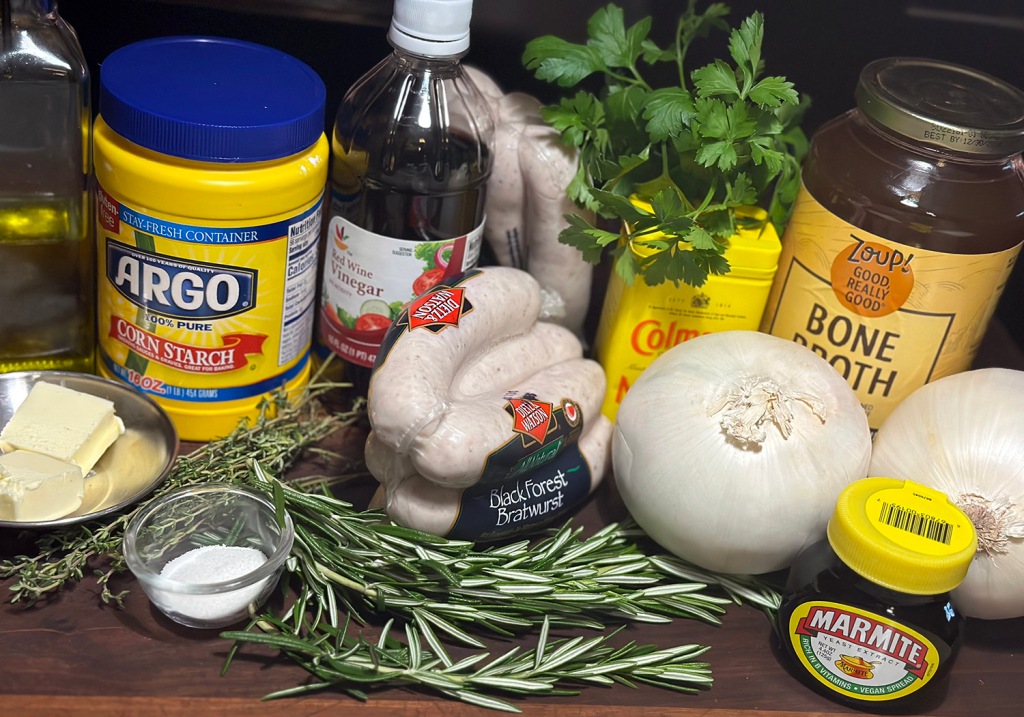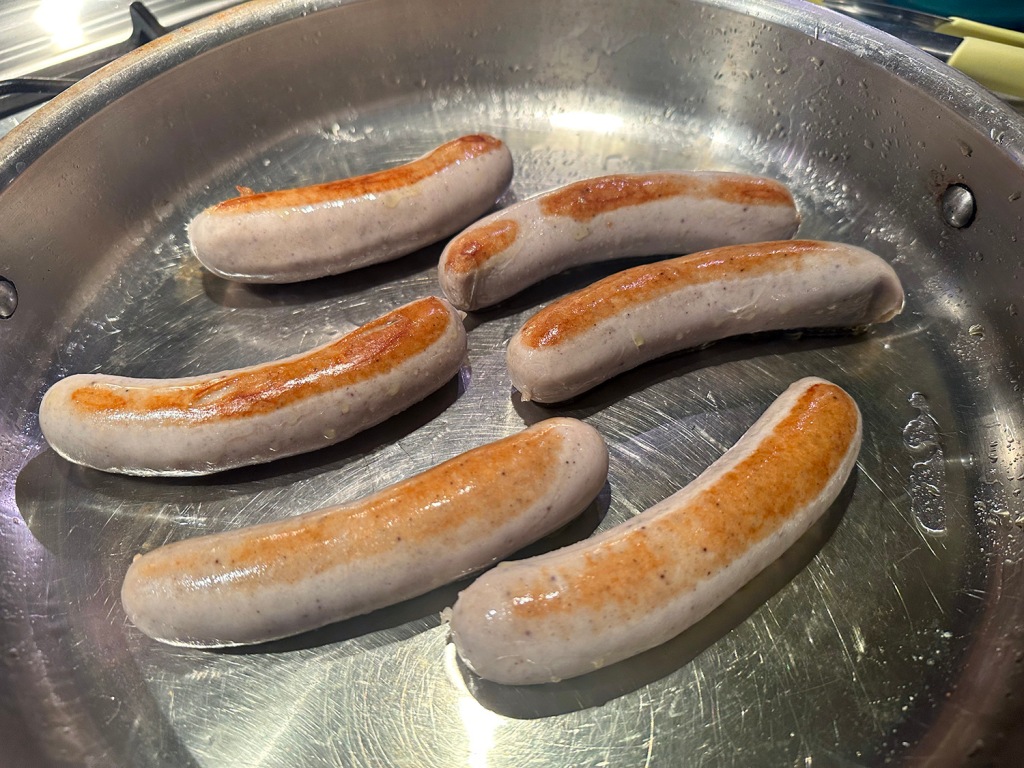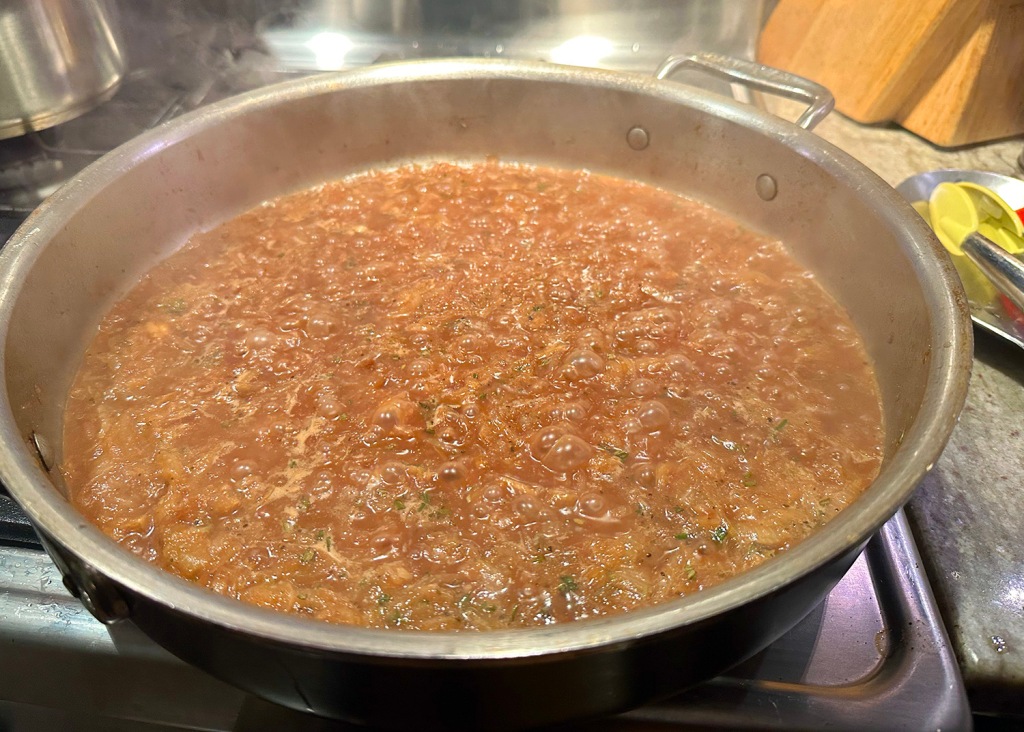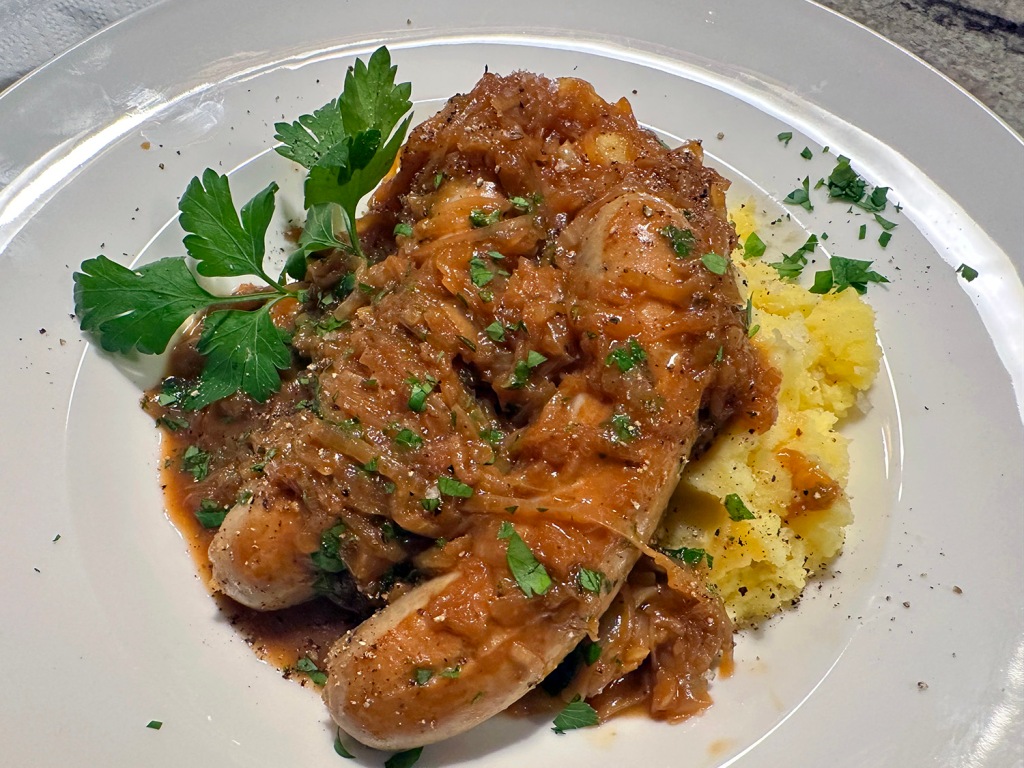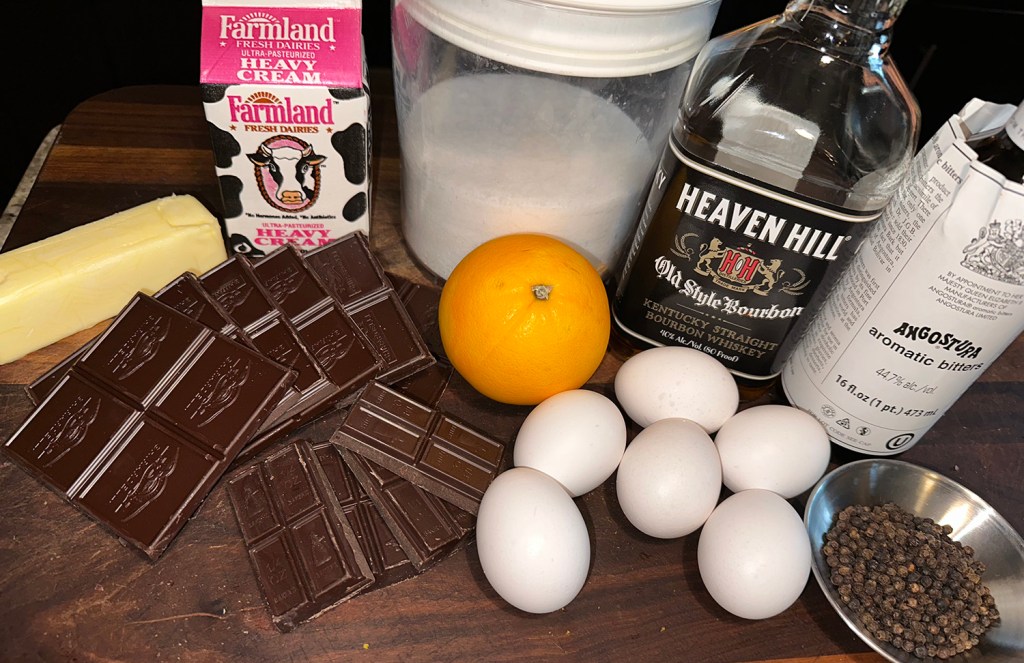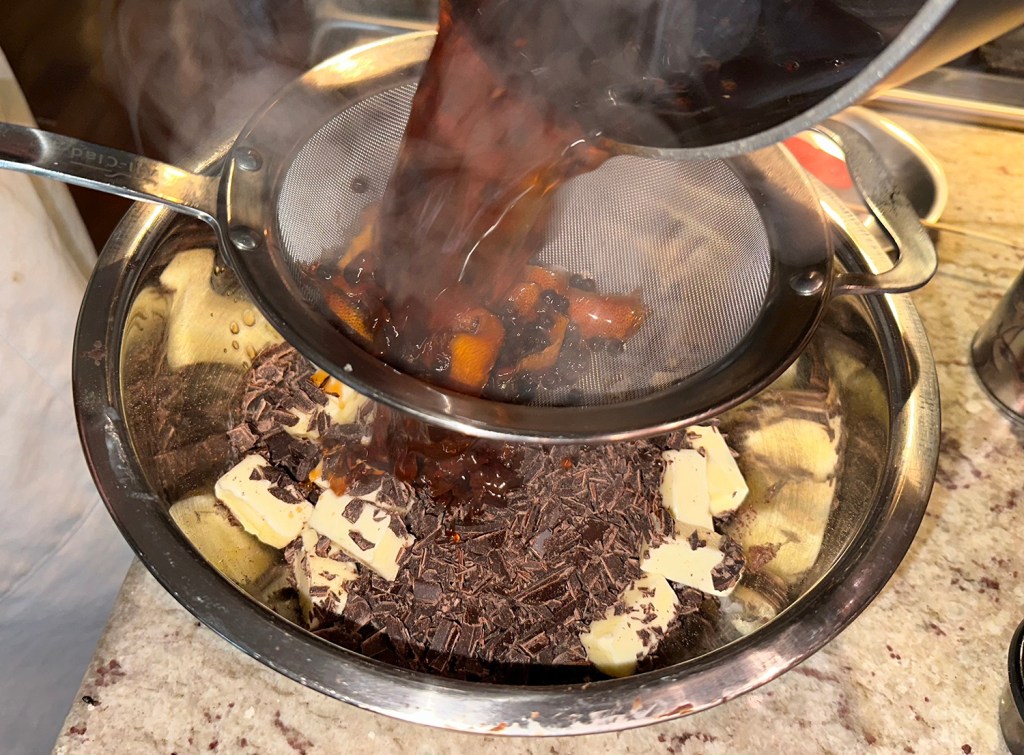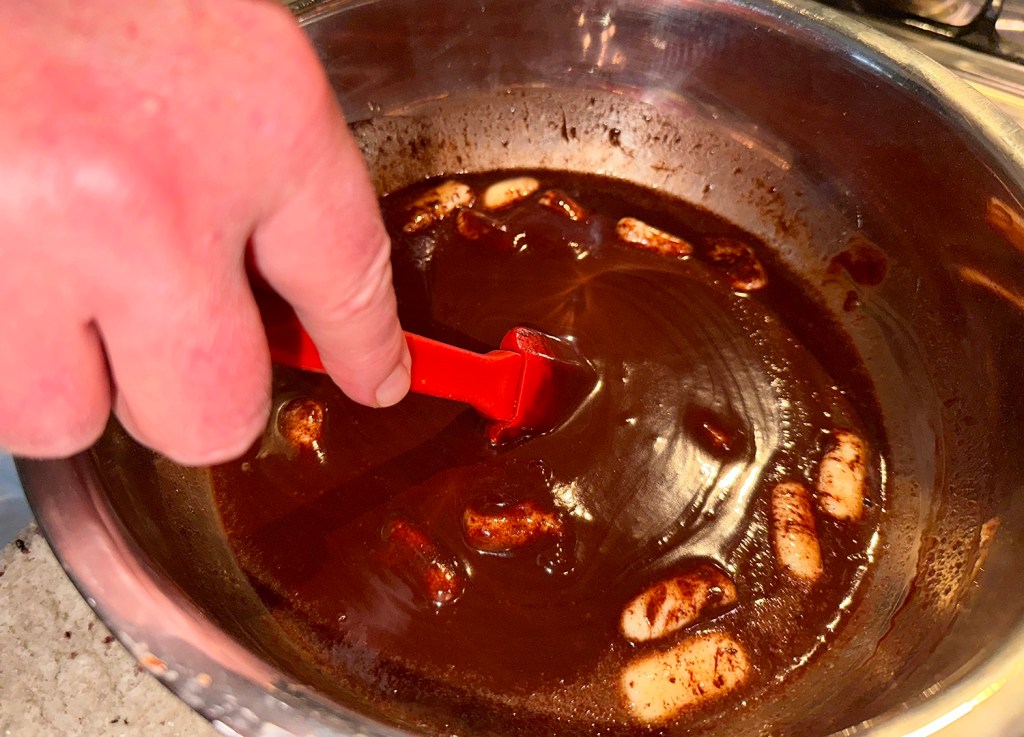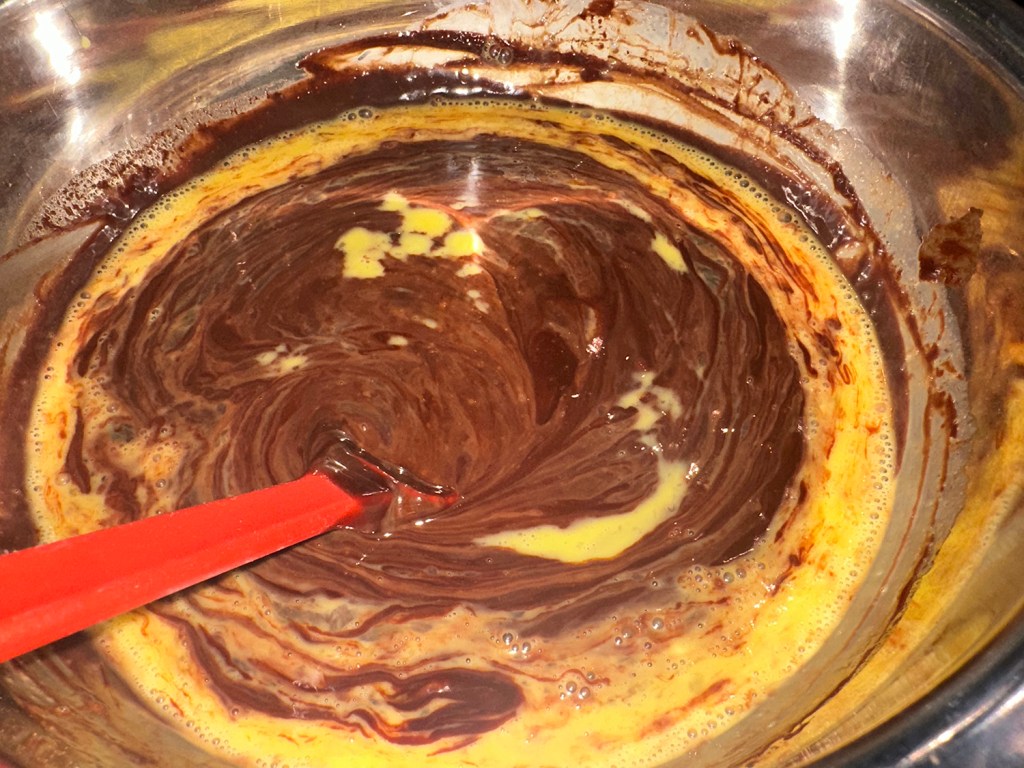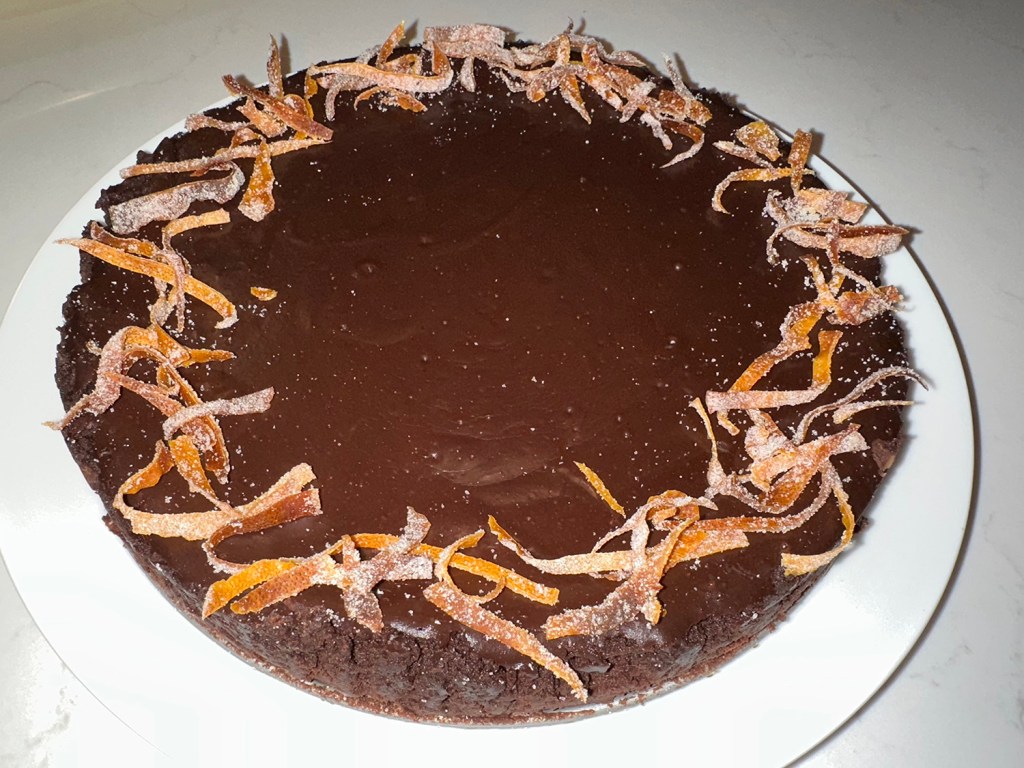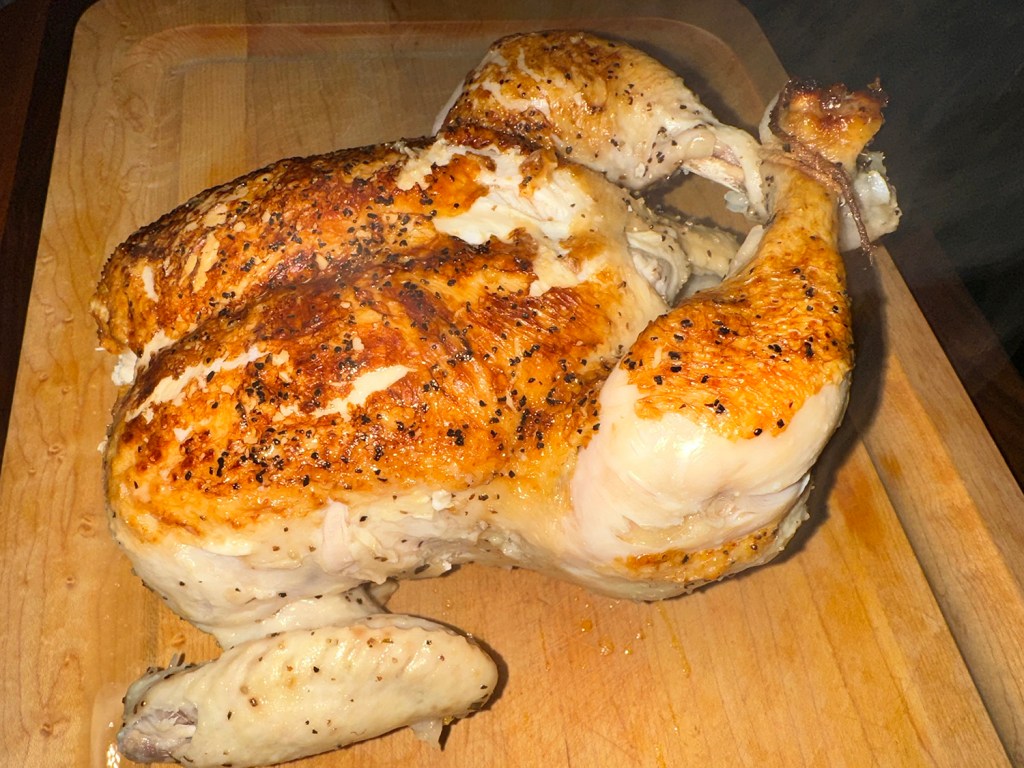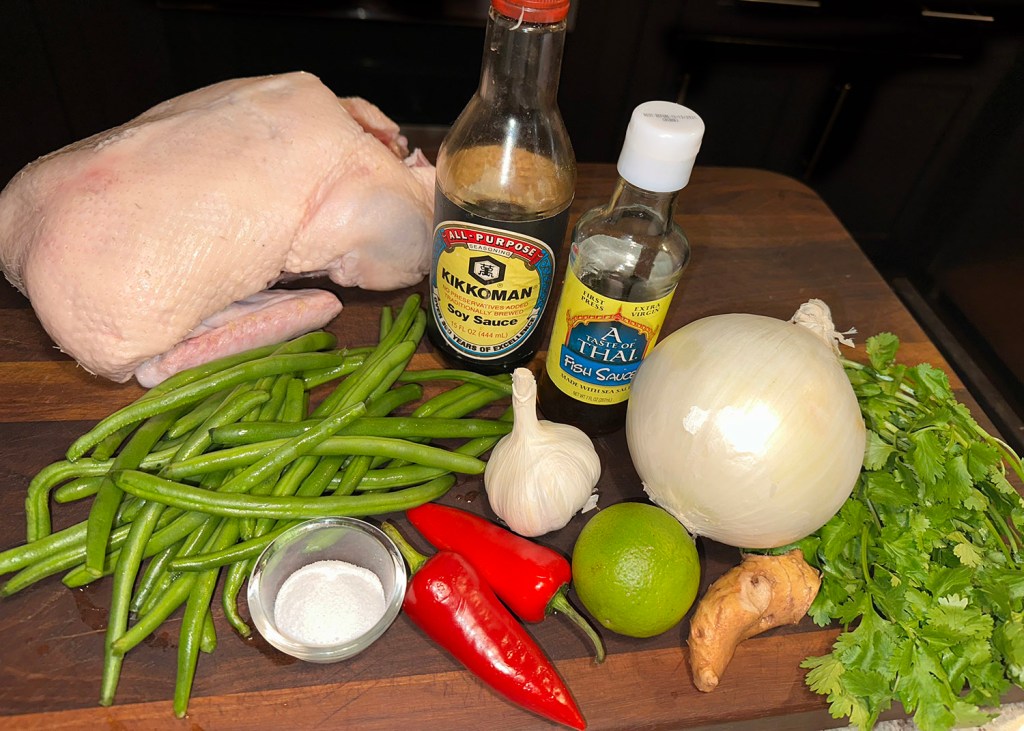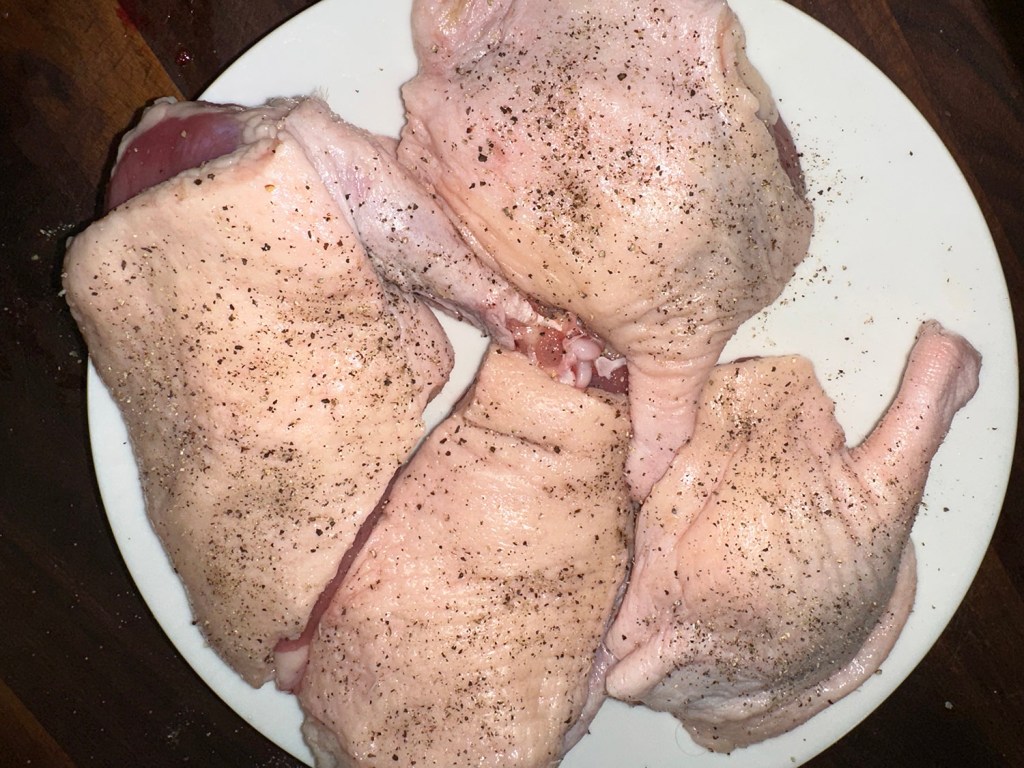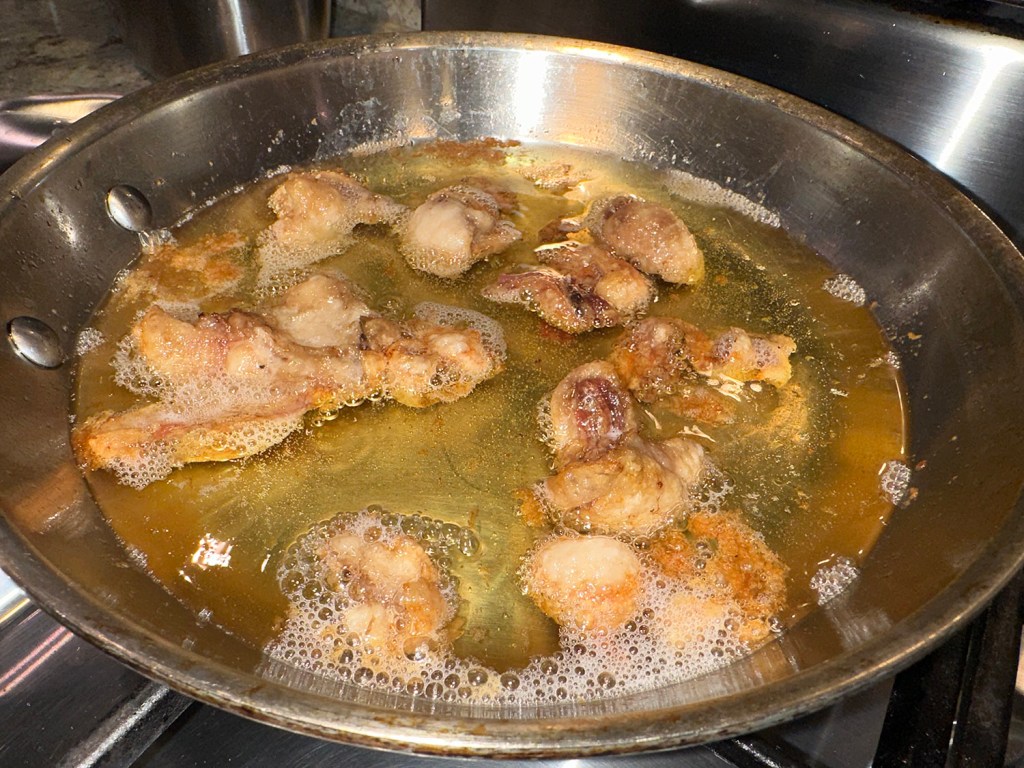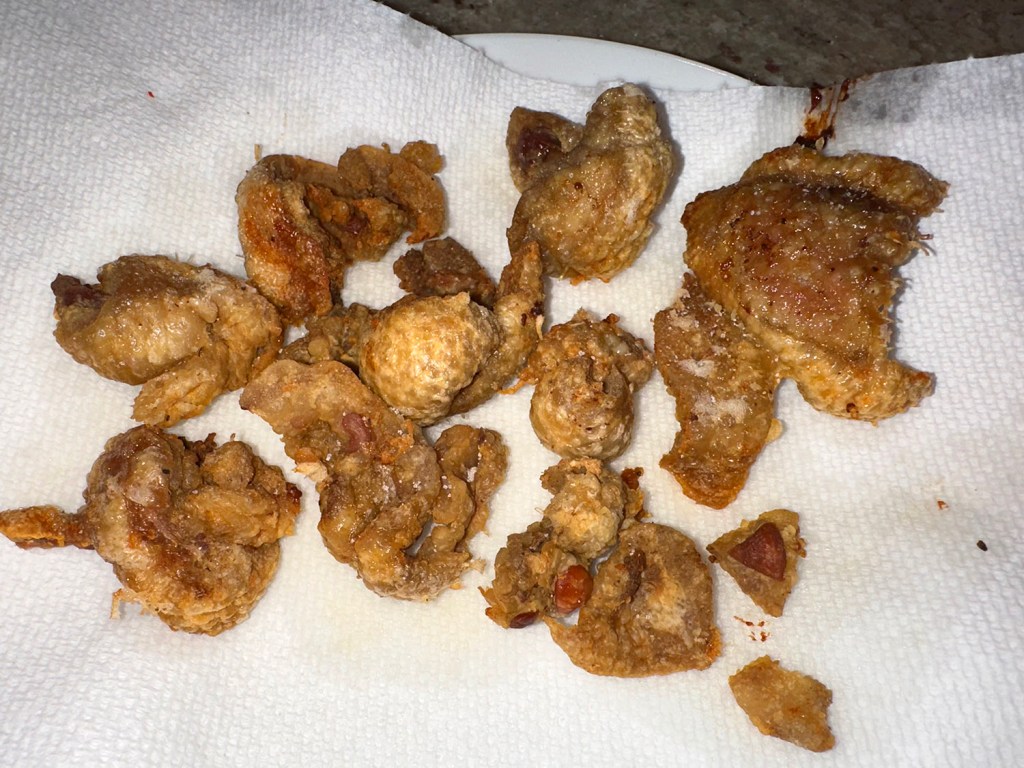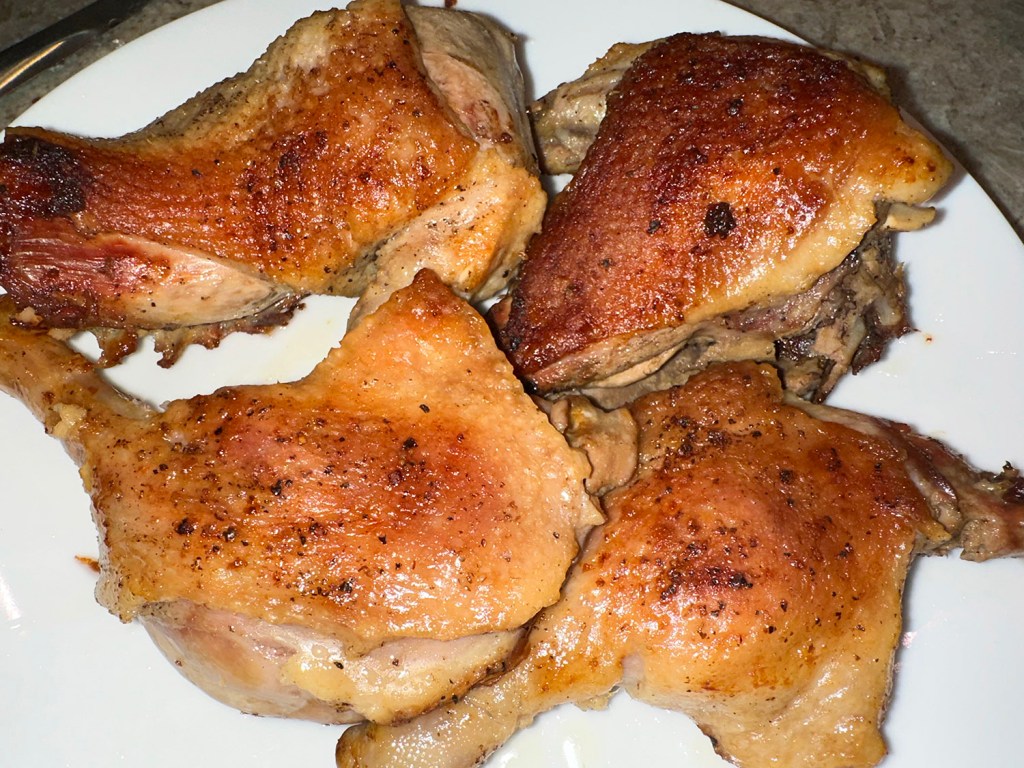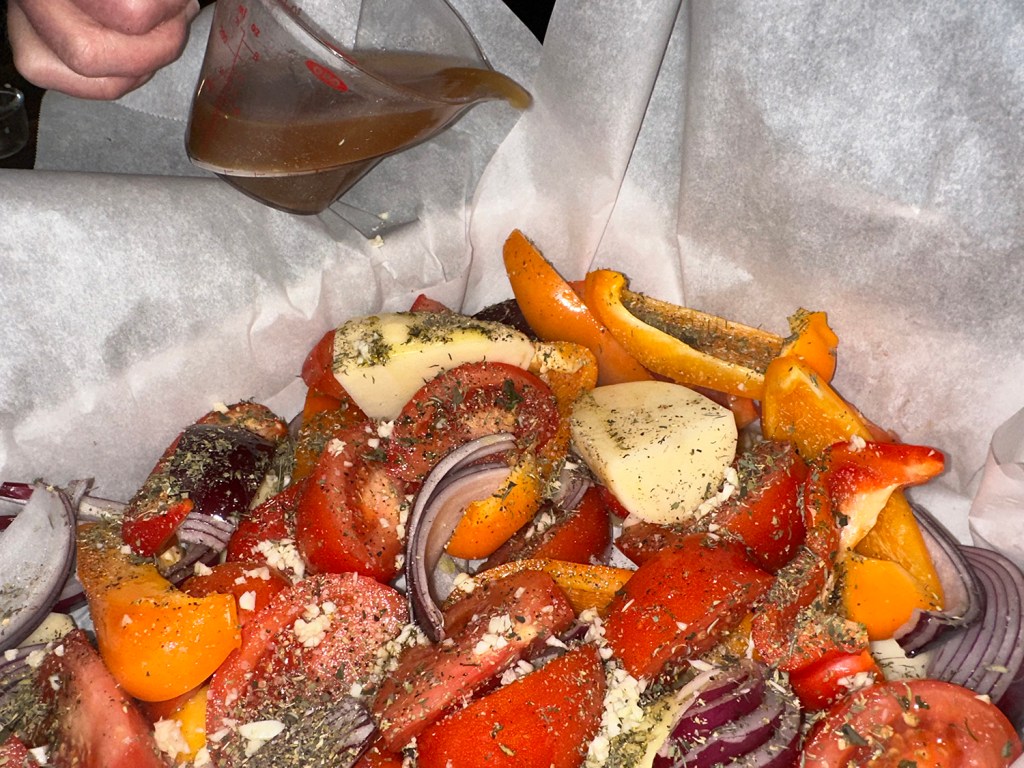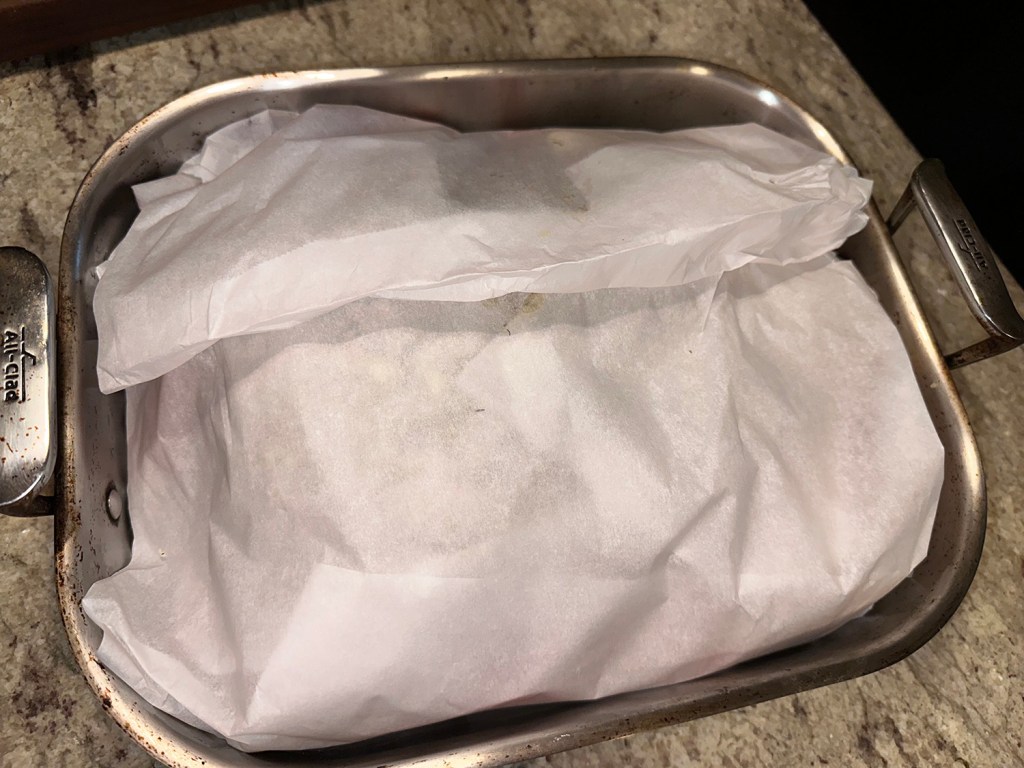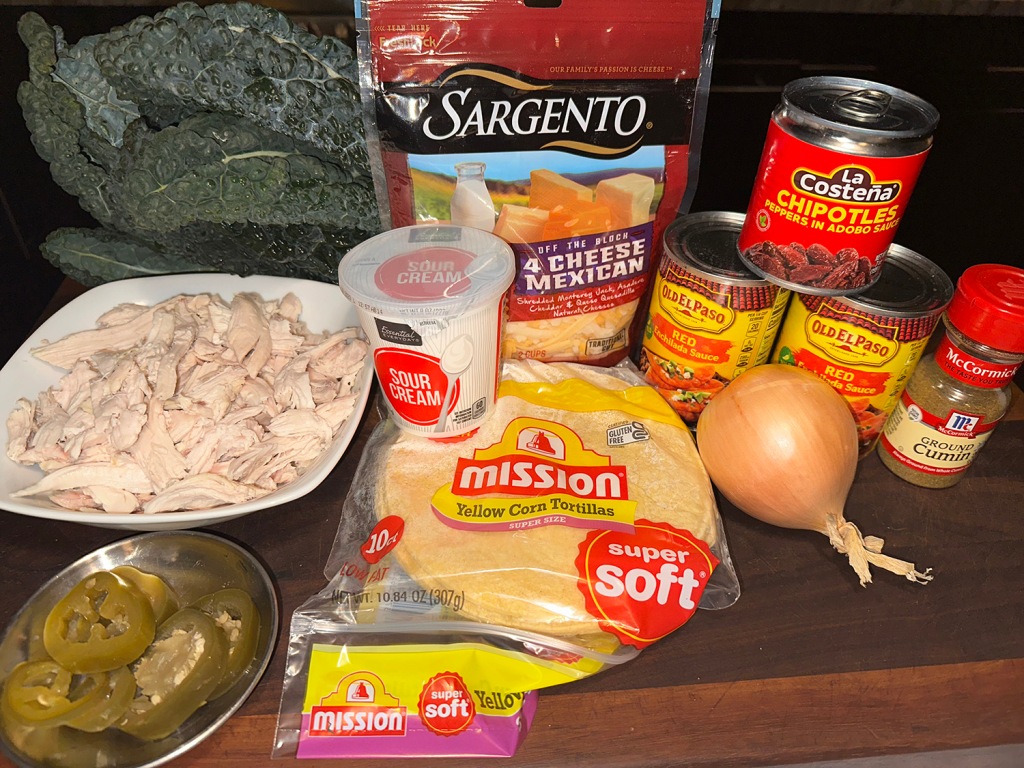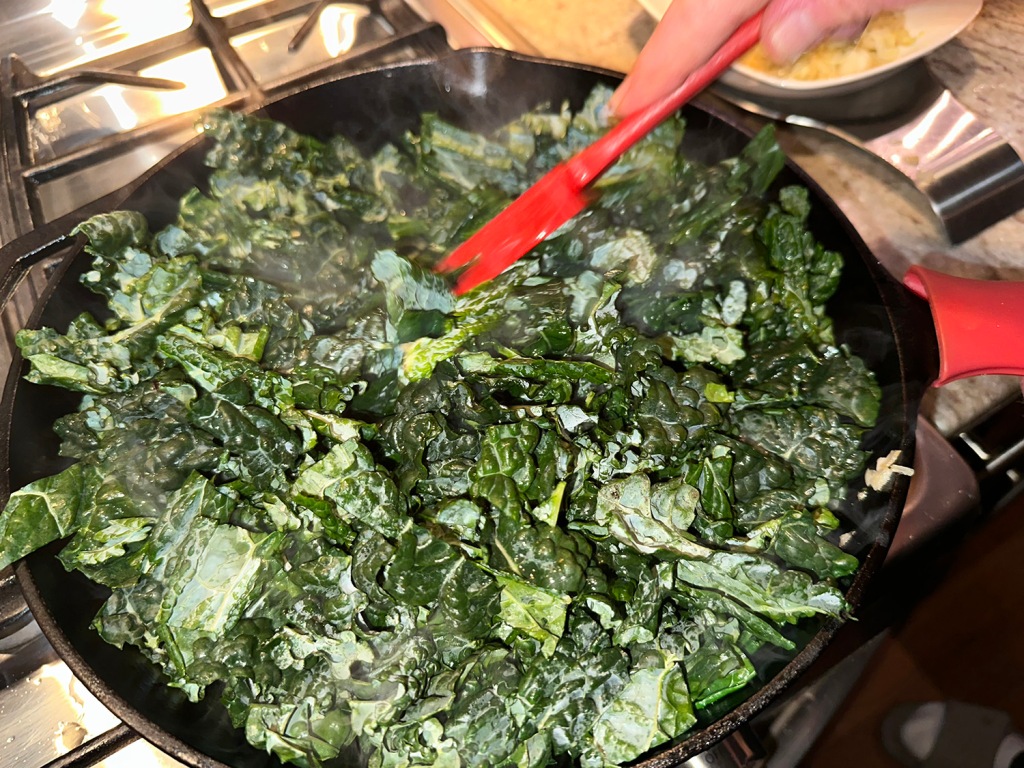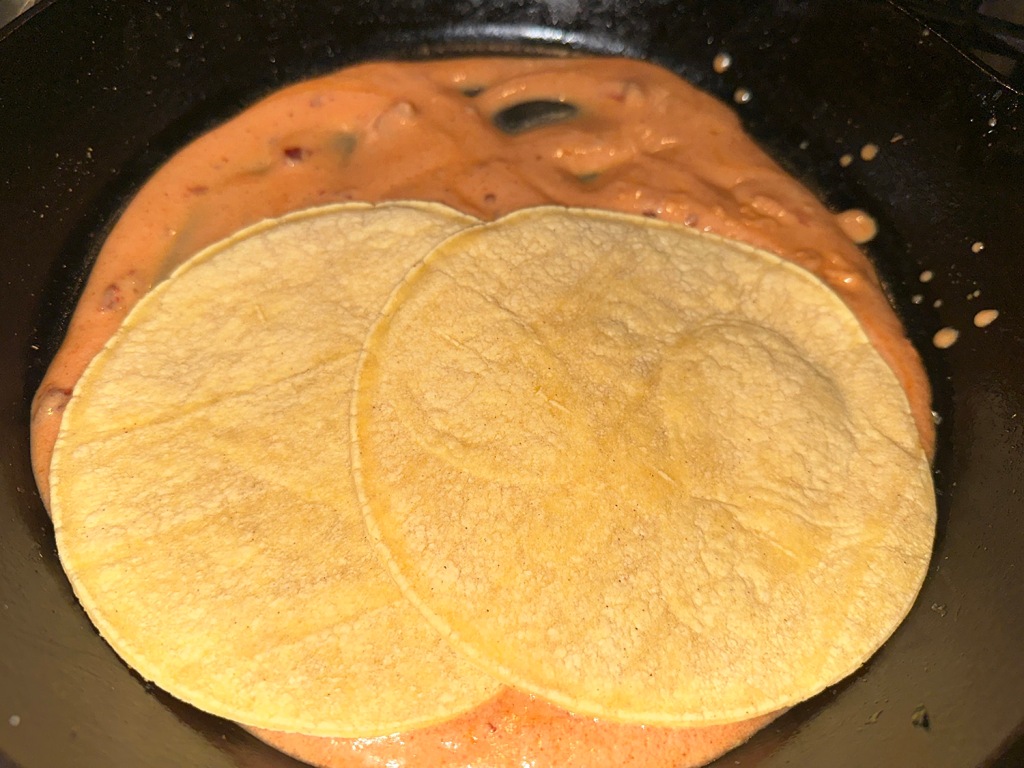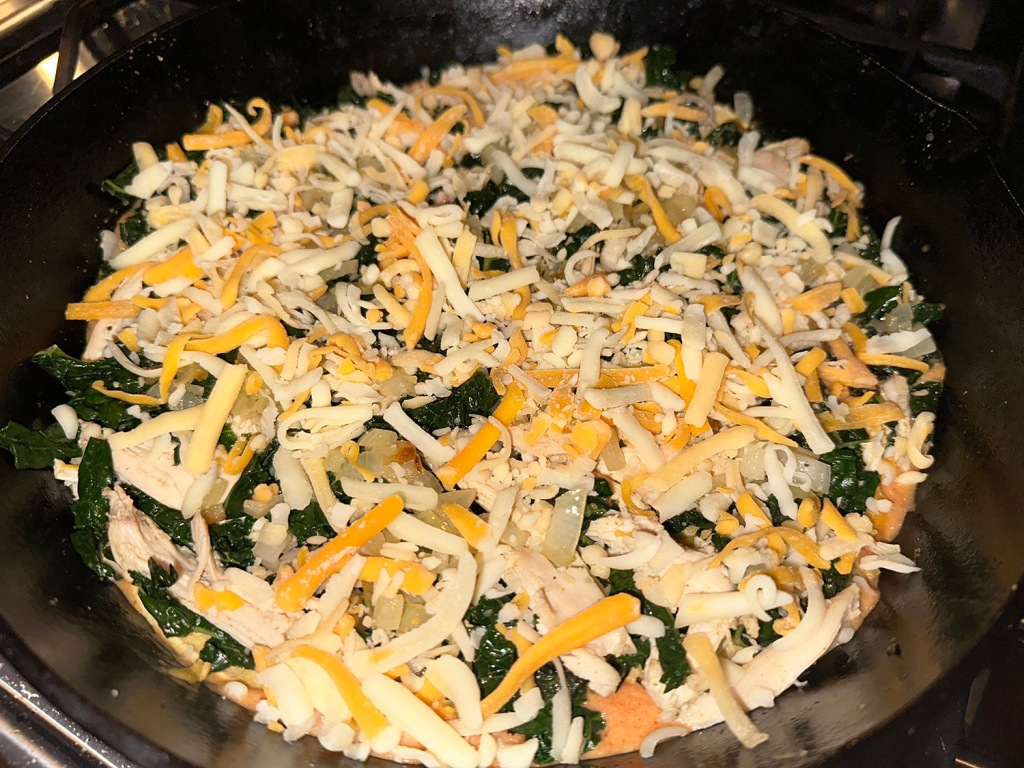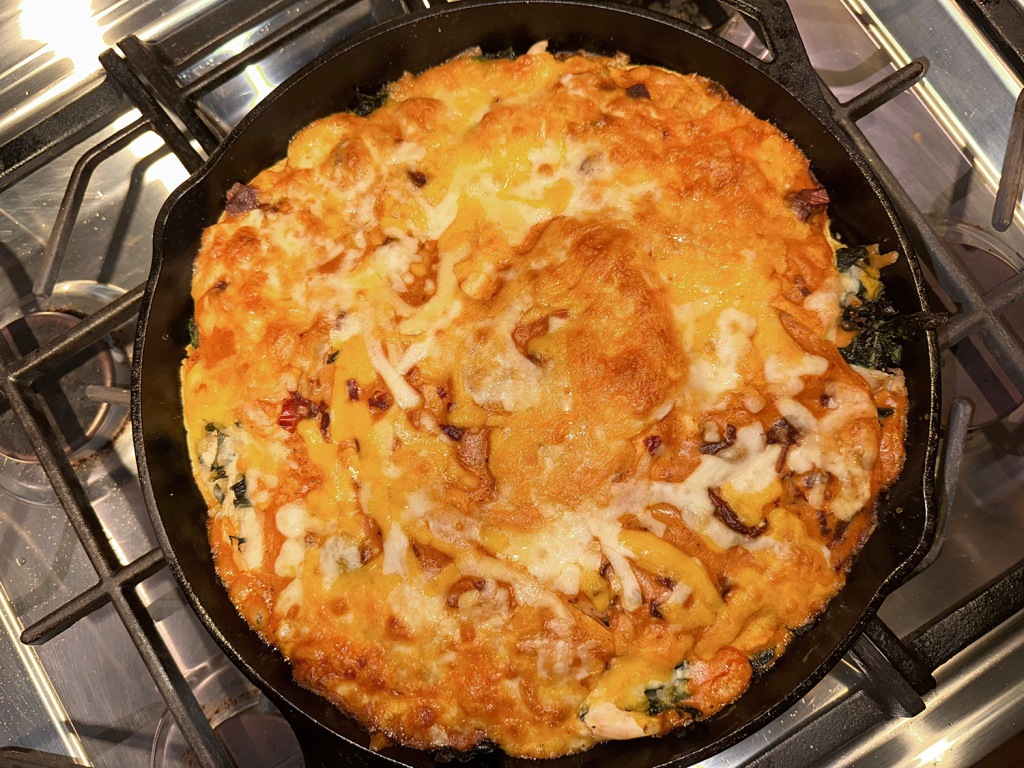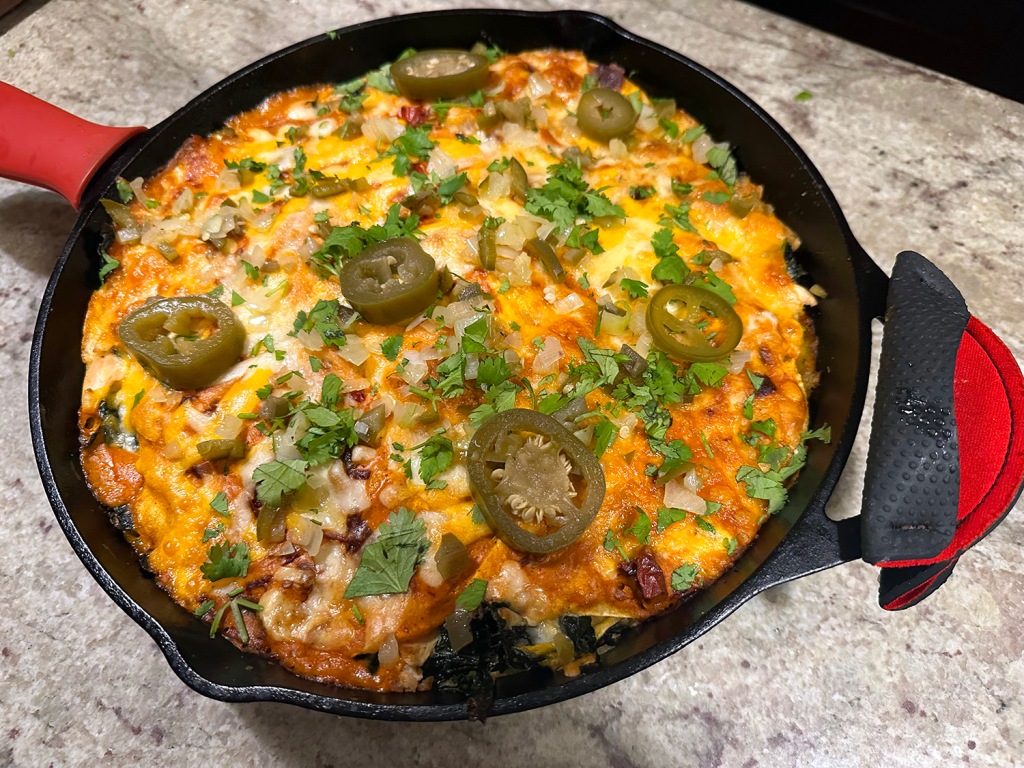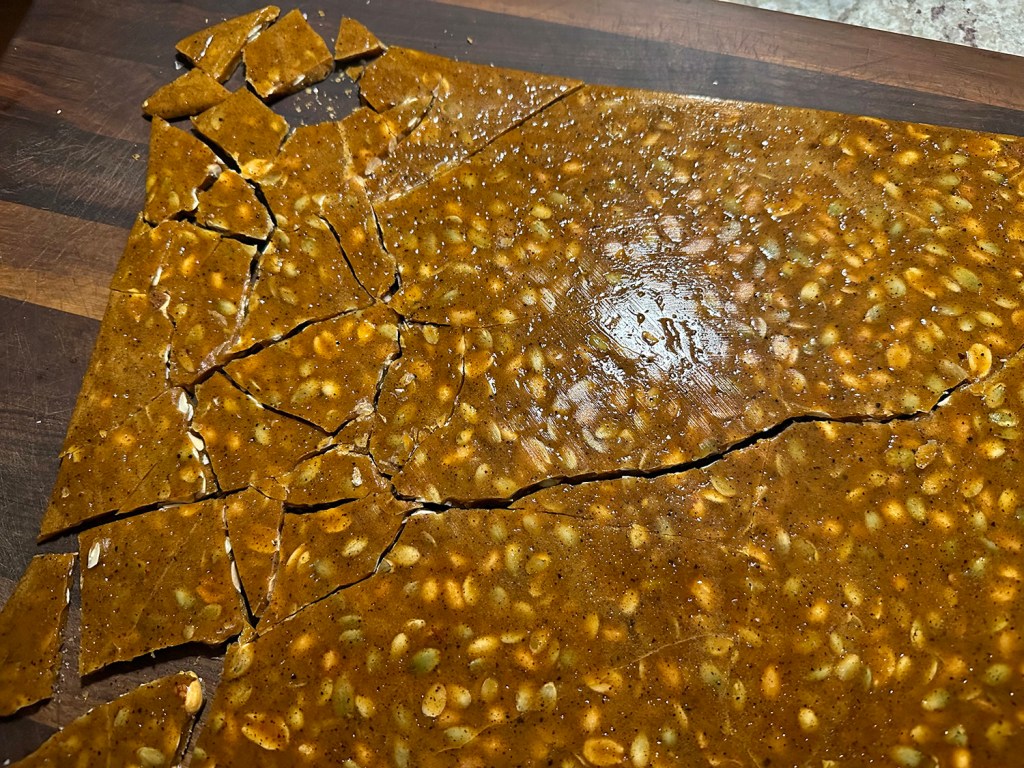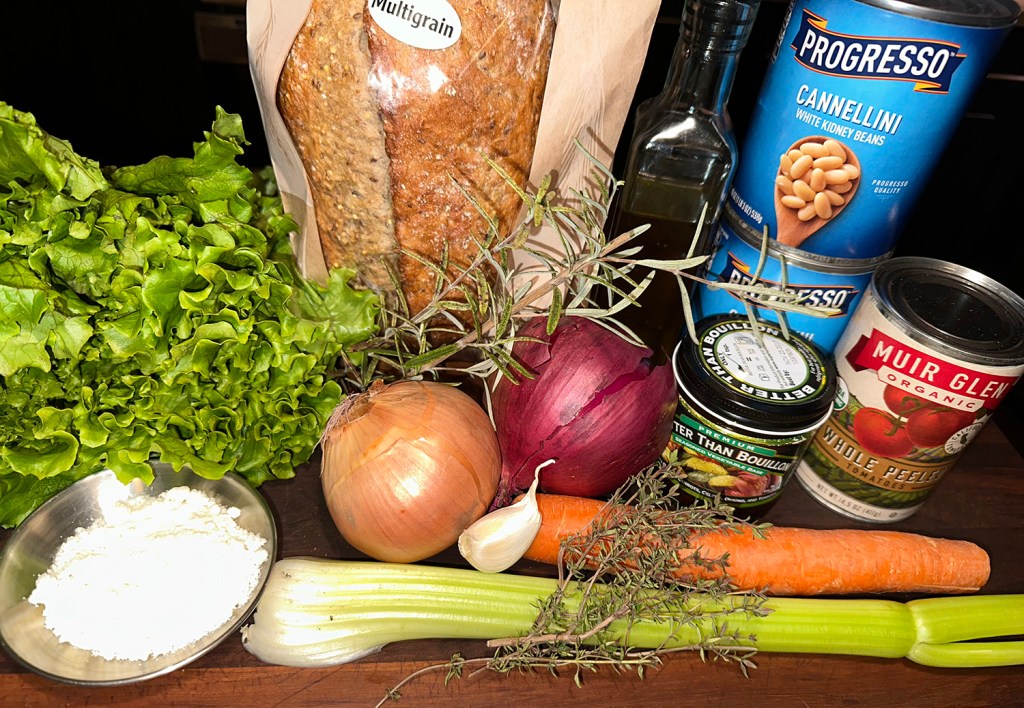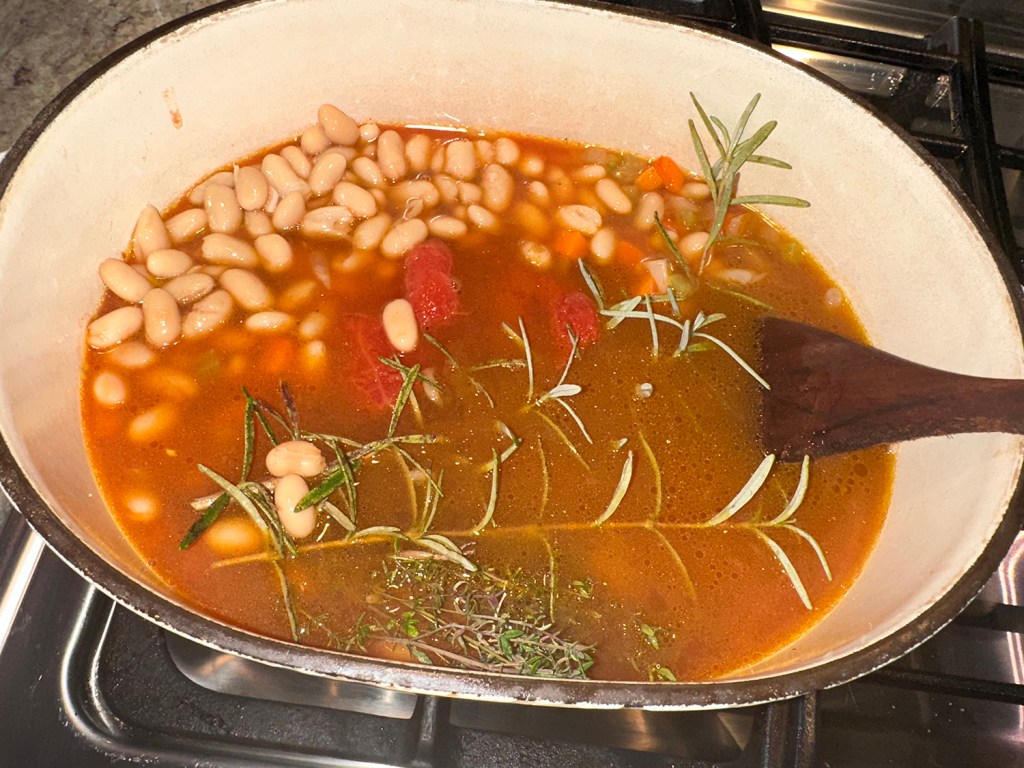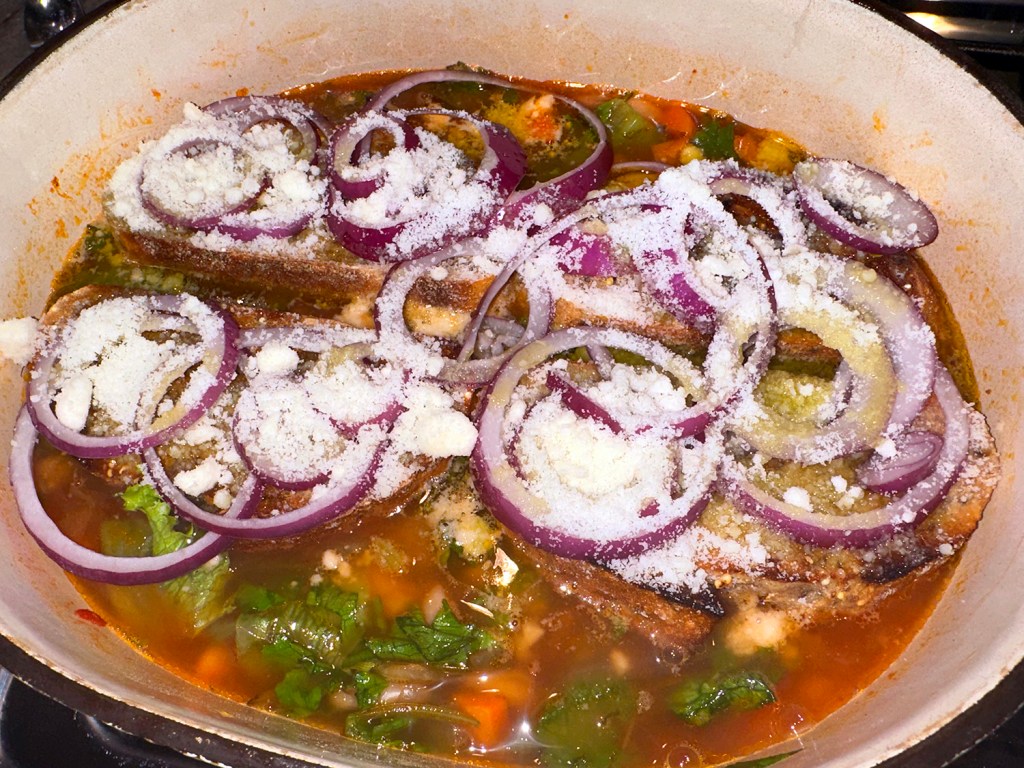Jarred artichoke hearts and tagliatelle make a quick and elegant dinner. The leaves from jarred artichoke hearts need to be separated from the hearts and then given a quick soak to temper the harsh flavors they pick up from the brine. Slice the hearts in half and then dry them well so that they can be easily browned to bring out their natural nuttiness.
Anchovy gives the sauce savory depth without imparting a fishy taste—don’t omit it; and cream ties together the aromatics, wine, and artichoke flavor. A simple Parmesan bread-crumb topping gives the dish some savory crunch. Even though it adds more carbs, the crumb topping adds another dimension and necessary texture.

Jarred artichoke hearts labeled “baby” or “cocktail” that are 1 1/2 inches or shorter in length are preferred. Larger artichoke hearts tend to have fibrous leaves. But, if you must use larger hearts, trim the top 1/4 to 1/2 inch from the leaves. Do not use marinated or oil-packed artichoke hearts. You’ll need two 9.9-ounce jars of artichokes for this recipe—however, because we love artichokes, we added two 14-ounce jars.
This recipe can easily be doubled to feed 4 or 5 guests. Unable to source tagliatelle (who knows why, it is usually a popular pasta), we substituted fettuccini, though pappardelle would also work.

Tagliatelle with Artichokes and Olive Oil for Two
Ingredients
- 1 ½ cups jarred whole artichoke hearts packed in water, preferably baby or cocktail size
- 1 slice hearty white sandwich bread, torn into 1-inch pieces
- 3 ½ Tbsp. extra-virgin olive oil
- ¼ cup grated Parmesan cheese, plus extra for serving
- Salt and pepper
- 2 garlic cloves, minced
- 1 anchovy fillet, rinsed, patted dry, and minced
- ¼ tsp. dried oregano
- Pinch red pepper flakes
- ¼ cup dry white wine
- 1 Tbsp. heavy cream
- 6 oz. tagliatelle
- 2 Tbsp. minced fresh parsley
- ½ tsp. grated lemon zest

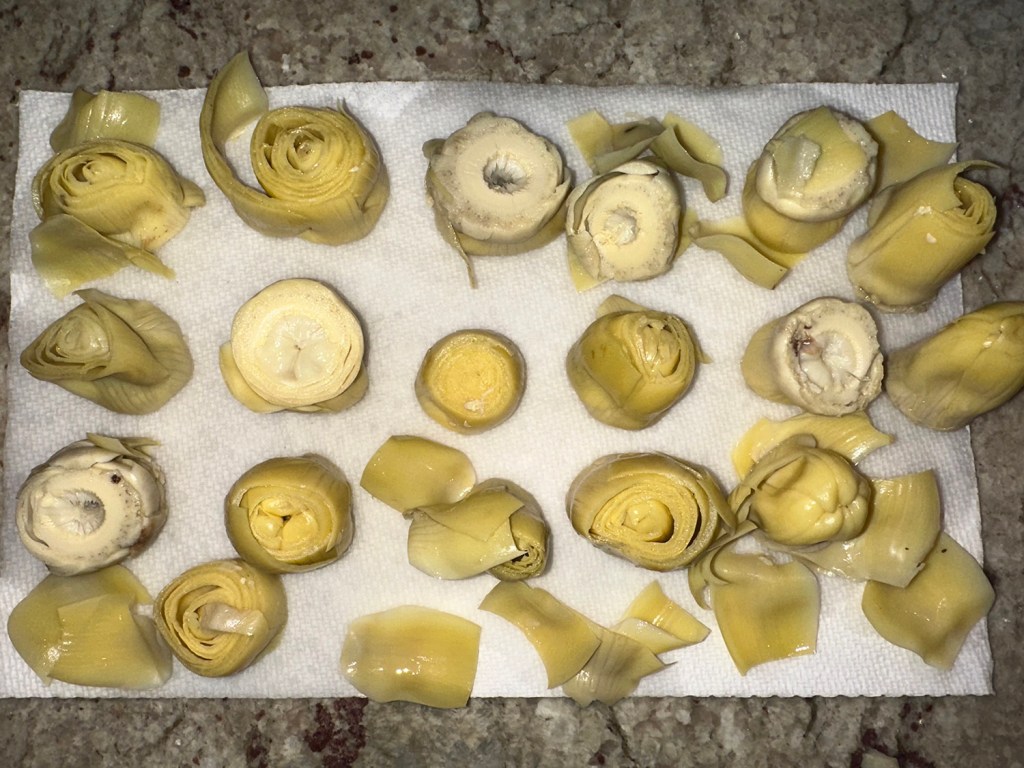






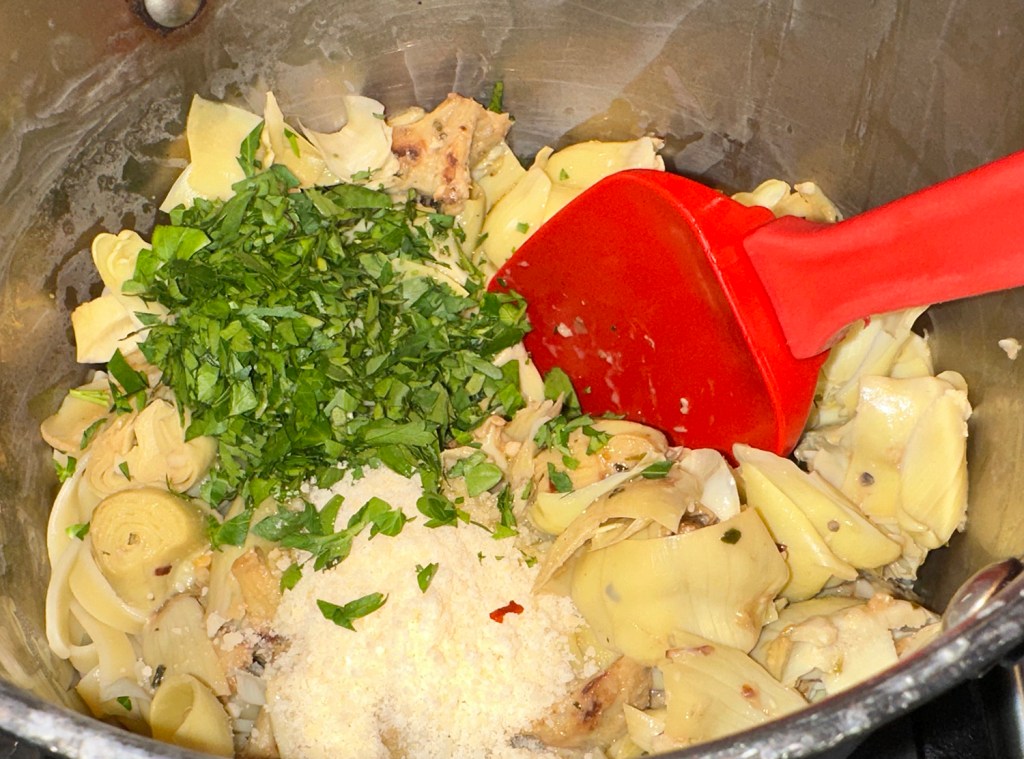
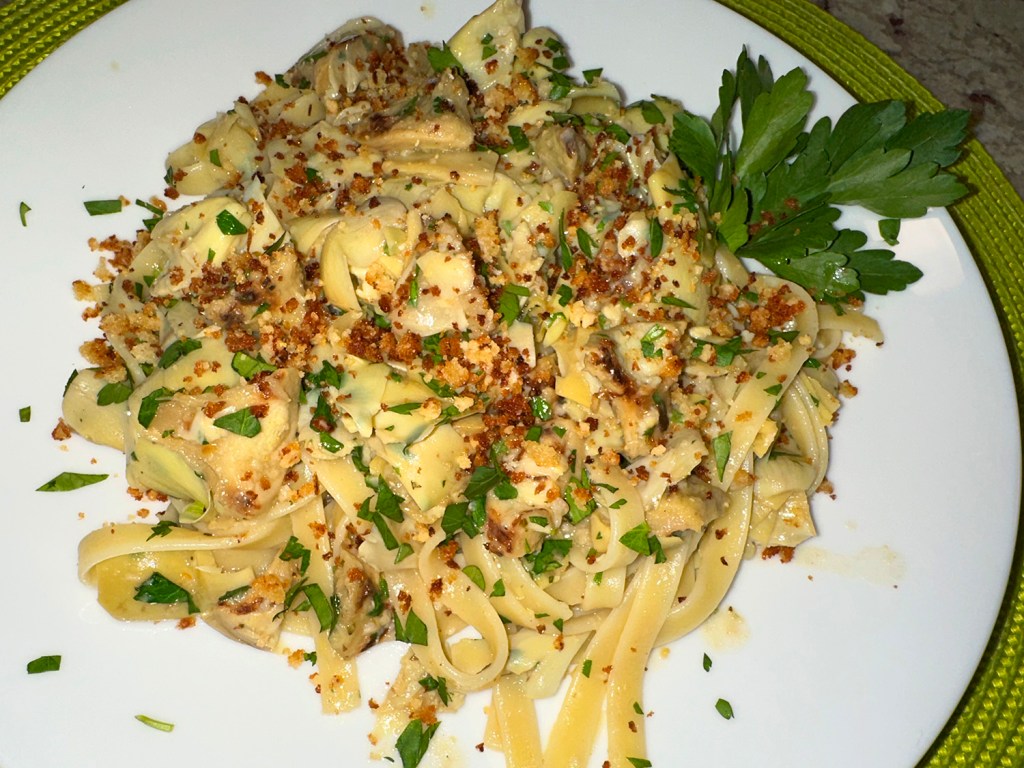
Directions
- Cut leaves from artichoke hearts. Cut hearts in half and dry with paper towels. Place leaves in bowl and cover with water. Let leaves stand for 15 minutes. Drain well.
- Pulse bread in food processor until finely ground, 7 to 10 pulses. Heat 1 tablespoon oil in 8-inch nonstick skillet over medium heat until shimmering. Add bread crumbs and cook, stirring constantly, until crumbs begin to brown, 2 to 4 minutes.
- Add 2 tablespoons Parmesan and continue to cook, stirring constantly, until crumbs are golden brown, 1 to 2 minutes. Transfer crumbs to bowl and season with salt and pepper to taste. Wipe out skillet.
- Heat 1/2 tablespoon oil in now-empty skillet over medium-high heat until shimmering. Add artichoke hearts and pinch salt; cook, stirring frequently, until hearts are spotty brown, 5 to 7 minutes.
- Add garlic, anchovy, oregano, and pepper flakes; cook, stirring constantly, until fragrant, about 30 seconds.
- Stir in wine and cream and bring to simmer. Remove skillet from heat and stir in artichoke leaves. Set aside.
- Meanwhile, bring 2 quarts water to boil in large pot. Add pasta and 1/2 tablespoon salt and cook, stirring often, until al dente. Reserve 3/4 cup cooking water, then drain pasta and return it to pot. Stir in artichoke sauce, remaining 2 tablespoons Parmesan, 1/3 cup reserved cooking water, remaining 2 tablespoons oil, parsley, and lemon zest. Adjust consistency with remaining reserved cooking water as needed. Season with salt and pepper to taste. Serve, passing bread-crumb mixture and extra Parmesan separately.
Adapted from a recipe by Cook’s Illustrated




